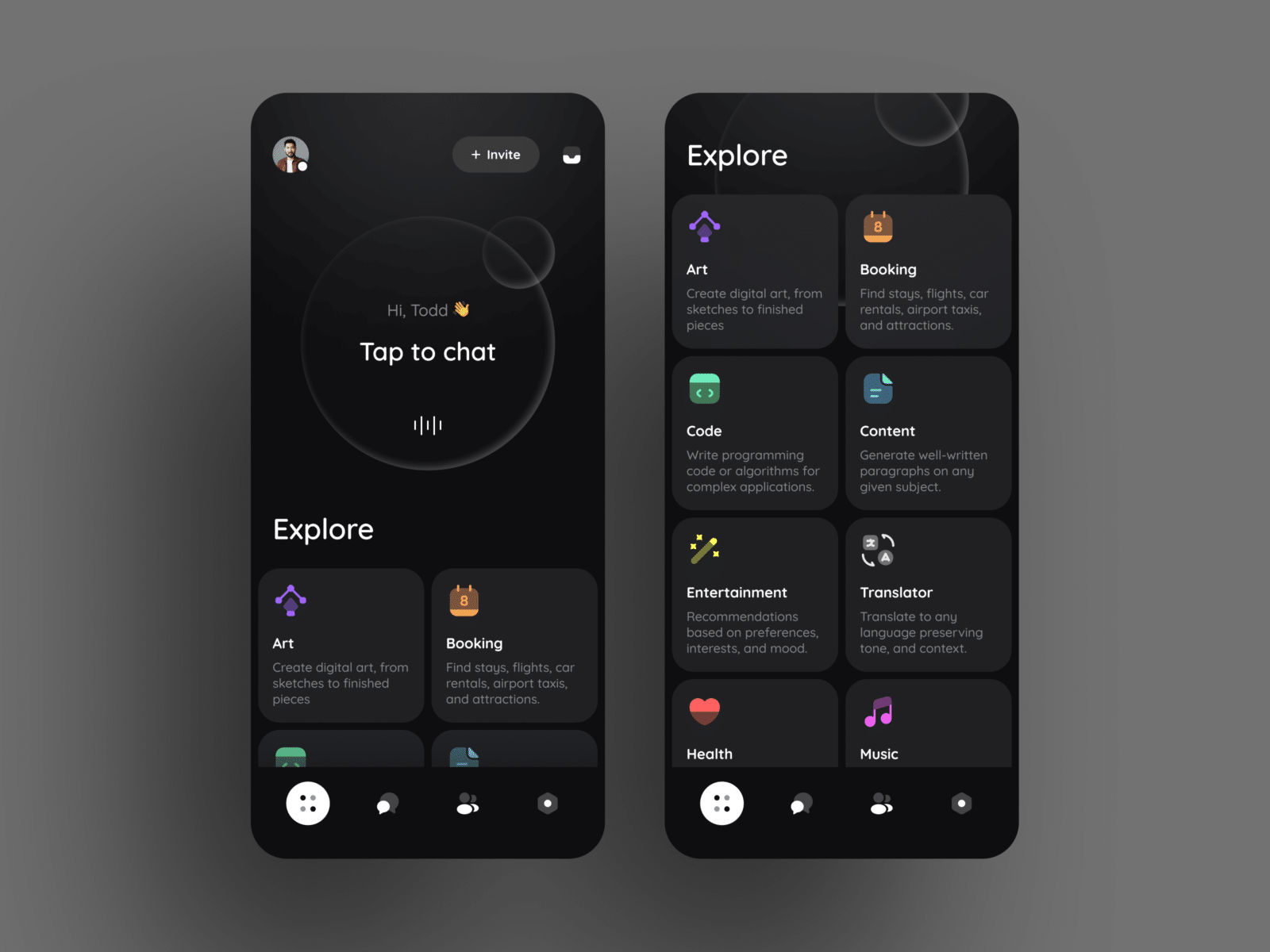In the fast-paced digital world, launching a new mobile app, refreshing your website, or rolling out a comprehensive marketing campaign is a big deal. But here’s the thing—no matter how great your digital project looks, the real question is: Is it delivering measurable results? Understanding your return on investment (ROI) is crucial, but tracking it can feel like a never-ending task if you don’t have the right tools. Enter the ROI Tracking Template, your new best friend in making sense of it all.
Why You Need an ROI Tracking Template
A well-structured ROI Tracking Template is your go-to tool for evaluating both the financial and strategic impact of your digital project. It helps you monitor key performance indicators (KPIs), compare expected outcomes with actual results, and keep track of important milestones. With this template, you’re not just checking off boxes—you’re gaining insights that guide future decisions and ensure you get the most value from your digital investment.
If your company is partnering with the best mobile app development agency, they should already be using something like this. Clients, like you, want clear, data-driven results, and an ROI Tracking Template is the key to showing that value in black and white.
How to Use an ROI Tracking Template to Get the Most Out of Your Investment
Using an ROI Tracking Template doesn’t have to be complicated. Here’s how to make sure you’re getting the most out of it:
1. Identify Key Performance Indicators (KPIs)
Work with your agency to pinpoint the KPIs that matter most to your business. Are you focused on boosting revenue, growing your customer base, increasing user engagement, or cutting costs? Make sure these KPIs are measurable and align with your project goals.
2. Set Realistic Expectations
Before the project kicks off, agree on clear, realistic targets for each KPI. These should be grounded in solid data—whether from market research, past projects, or industry standards.
3. Monitor Progress Regularly
Your agency should update the template as the project progresses, giving you real-time insights. This ongoing tracking allows for quick adjustments if anything is falling short, keeping the project on track for success.
4. Analyze the Results
Once the project is complete, compare the actual outcomes to your expectations. If there are any significant differences, dive into the reasons behind them. Whether it’s overestimations, unforeseen challenges, or pleasant surprises, this analysis is crucial for learning and improvement.
5. Use Insights for Future Success
The lessons learned from each project should inform your next steps. This continuous feedback loop ensures that your future projects are even more successful, helping you make the most of your investment with the best mobile app development agency.
How to Make ROI Tracking a Seamless Part of Your Workflow

For an ROI Tracking Template to truly benefit your company, it needs to be integrated smoothly into your project management process. Here’s how to do it:
1. Make It a Standard Practice
Ensure that every digital project you undertake with your agency uses the same template. This consistency makes it easy to compare performance across different initiatives and understand what’s driving results.
2. Include It in Regular Updates
The template should be part of your regular project updates. Whether it’s a quick check-in or a detailed review, having this data at your fingertips allows you to stay informed and make decisions based on real-time insights.
3. Collaborate with Your Agency
Work closely with your digital agency to ensure everyone understands how to use the template effectively. The better the collaboration, the more valuable the insights.
4. Review and Adjust Together
Schedule regular review meetings with your agency to discuss the data in the template. These sessions should focus on what’s working, what needs tweaking, and how you can improve the ROI for your digital projects moving forward.
Here are a few templates to get you started
1. Key Performance Indicators (KPIs)
- What it is: Tracks the most critical metrics that measure your app’s success.
- How to use it:
- Identify relevant KPIs aligned with your goals.
- Set target values for each KPI.
- Regularly update actual values and analyze variances.
- Use insights to guide optimization efforts.

2. Expected vs. Actual Outcomes
- What it is: Compares your initial expectations with the actual results achieved.
- How to use it:
- Define clear project goals and their expected impact.
- Record actual outcomes as they occur.
- Analyze variances to identify strengths and weaknesses.
- Adjust strategies based on learnings.

3. Financial Analysis
- What it is: Tracks the financial aspects of your app project, including costs, revenue, and ROI.
- How to use it:
- Record all project-related costs.
- Monitor revenue generated by the app.
- Calculate net profit and ROI.
- Use financial data to assess project viability and inform future investments.

4. Timeline & Milestones
- What it is: Visualizes project progress by tracking key milestones and their completion dates.
- How to use it:
- Define major project milestones.
- Set expected completion dates.
- Update actual dates as milestones are reached.
- Monitor progress and identify potential delays.

5. Strategic Value Assessment
- What it is: Evaluates the app’s impact on broader business goals beyond just financial gains.
- How to use it:
- Identify areas of strategic value relevant to your business.
- Assess the app’s impact on each area.
- Use insights to understand the app’s overall contribution to the business.

Remember that these are just examples, and the specific dates and values will vary depending on your project. The key is to consistently update these templates with accurate information to gain valuable insights into your app’s performance and ROI.
Common Mistakes to Avoid
Even with a great ROI Tracking Template, there are a few common pitfalls that can hinder your results:
1. Infrequent Updates
ROI tracking only works if the data is up-to-date. Ensure your agency regularly updates the template throughout the project, so you’re always looking at current information.
2. Focusing Solely on Financial Metrics
While financial returns are important, don’t ignore other strategic outcomes like brand awareness, customer satisfaction, or market expansion. These elements can have long-term benefits that are just as valuable.
3. Setting Unrealistic Goals
Ambitious targets are great, but setting the bar too high can lead to disappointment. Work with your agency to set goals that are challenging yet achievable based on solid data.
4. Overlooking Discrepancies
When there’s a gap between expected and actual outcomes, don’t brush it off. These discrepancies are valuable learning opportunities that can guide your next steps and improve future projects.
What’s Next? Taking Your ROI to the Next Level

Once you’ve mastered using the ROI Tracking Template, it’s time to refine it. Work with your agency to customize the KPIs and targets to better align with your strategic goals. Continuously update and adjust the template to reflect new insights and industry trends.
By integrating ROI tracking into your project management process, you’ll not only enhance the success of your current projects but also ensure your future initiatives are even more effective. This approach is essential for any company working with the best mobile app development agency—it’s how you turn good projects into great ones and ensure you’re getting the maximum return on your investment.
Ready to Get Started?
An ROI Tracking Template isn’t just a nice-to-have—it’s a powerful tool that helps you measure success, learn from each project, and make data-driven decisions that improve your bottom line. Start using one today, and watch how it transforms your digital projects, solidifying your reputation as a forward-thinking company that knows how to get results.
If you’re looking to maximize ROI on your next digital project and want expert guidance, book a free call with Creative27. Let’s work together to turn your digital vision into a profitable reality.












